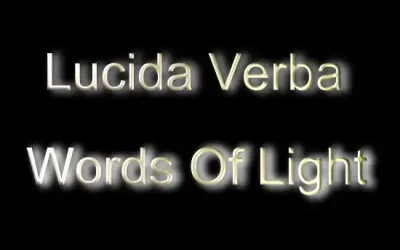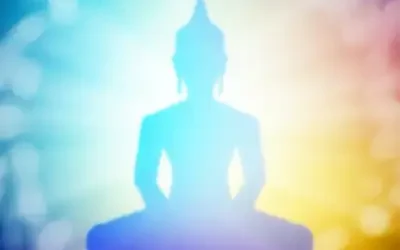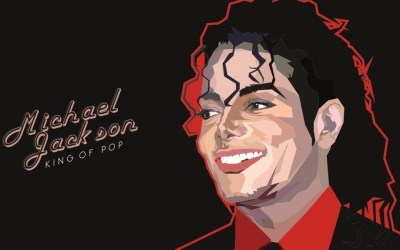Why the Death Penalty Doesn’t Work: A Zen Reflection on Unconsciousness, Group Dynamics, and Collective Responsibility
Introduction: A Still Mind Sees the Whole
In Zen, we often speak of seeing clearly — of perceiving not just the surface of things, but their interwoven nature. Everything is connected. Everything reflects everything else. Nothing stands apart. From this still place of clarity, we begin to understand the root causes of suffering — not just the symptom, not just the expression, but the silent roots beneath the surface.
And from this view, it becomes apparent why the death penalty does not work. Not spiritually. Not psychologically. Not socially. Not even practically.
The death penalty is not a solution — it is a reaction. A dramatic gesture that comforts our surface-level need for control and punishment, but does nothing to address the deeper, collective dynamics at play.
Let us look more deeply.
The Illusion of the Isolated Offender
We tend to see crime in isolation: one man did one terrible thing. We label him. We separate him. We treat him as the problem. And then we solve the problem — by removing him.
This is how the mind thinks when it is still unconscious of the whole. It simplifies. It seeks a scapegoat. It sees the symptom and attacks it. But Zen invites us to see with the eyes of wholeness.
No one exists in isolation. No crime is committed in a vacuum. Every act of violence, every expression of cruelty, emerges from a field of causes and conditions — a lifetime of pain, neglect, wounding, unconscious culture, generational trauma, environmental pressure, and yes — collective shadow.
Zen asks us: Who is the murderer? Where is he born? What have we done with our anger, our alienation, our numbness, our broken systems, our failures of love?
If we silence him by death, we silence the lesson — not the cause.
The Mirror of Group Dynamics
To understand this more deeply, consider a familiar situation: a company team where problems seem to circle around a particular individual. He’s the difficult one. The underperformer. The source of friction. Eventually, he gets fired. Relief, momentarily. But then something strange happens.
Months later, a new person — or even an old one — begins to show the same patterns. The very same behaviors, tensions, and disruptions return, as if the spirit of the problem had merely shifted hosts.
This is not coincidence. This is group dynamics.
Unconsciously, teams distribute their psychological shadow. The introverted one becomes more introverted, not because he is more introverted, but because he carries the repressed inwardness of the group. The aggressive one is more volatile because he is channeling the group’s unowned anger. The sad one carries collective grief. The lazy one carries collective resistance.
What we do not own individually, we project onto someone to carry for us.
And when we exclude someone — when we fire, punish, or even execute them — we remove the carrier of the group’s unconscious energy, but not the energy itself. It remains in the field, looking for another host.
This is why problems recur. This is why punishment never heals. This is why violence cycles.
Until we bring awareness to what we unconsciously project onto others, we remain in a loop — blaming, expelling, replacing.
The State is a Reflection of the Group
This same dynamic scales outward — from small teams to entire nations.
In a society, the person who commits a violent crime may appear to be an isolated threat. But from a Zen perspective, he is not separate. He is us. He is carrying some aspect of the collective’s unresolved trauma. When we kill him, we simply pass the burden along to someone else, somewhere else — perhaps to another man, another community, another generation.
By executing one, we do not heal the cause of violence. We reaffirm it. We tell ourselves and our children: “This is how we respond to pain — with more pain.”
And so, the cycle continues.
Karma, Compassion, and the Intelligence of the Universe
Zen also invites us to see that the universe is not blind chaos. It is deeply intelligent — an intelligence rooted not in judgment, but in compassion, in balance, in growth.
When someone does harm, the universe responds. Not with wrath, but with opportunities to awaken. The consequences of action ripple across lifetimes. No one escapes what they have done — but they are also never beyond healing.
To kill someone is to interrupt that journey. To deny the possibility of redemption. To remove the opportunity for that soul to see what they have done, to feel it, to grow through it.
It is not our role to play judge and final executioner. It is our role to create the conditions for transformation — to believe in the possibility that even the darkest soul carries the spark of awakening.
Trust the universe. Let it guide justice through the principles of love, not fear. Violence cannot be the foundation of a healed society.
The Hidden Consequences of Executions
Every time we execute a human being, something dies in us too.
We reinforce the false belief that justice is vengeance, that punishment is power, that healing can come through blame. We grow colder. We harden. We teach future generations to sever instead of understand.
Worse still, we delay our own growth. The moment we kill, we stop asking questions. We stop learning about the deeper causes — about trauma, about systems, about our shared responsibility.
We do not evolve. We do not awaken. We simply repeat.
What a Great Leader Understands
- A wise leader — whether of a team, a nation, or a family — understands this:
- That firing or excluding a person is rarely the true solution.
- That group dynamics always reveal the unconscious life of the whole.
- That a problem carried by one is a reflection of all.
- That true transformation comes from making the invisible visible — and guiding the group to take shared ownership.
A great leader holds a mirror, not a sword.
And the same is true for a great society.
What We Must Choose
We must choose presence over punishment.
Inquiry over blame.
Healing over vengeance.
Wholeness over division.
When a person harms another, we must ask not only what they did, but why — and what part of their story is still ours. Where did we fail them? What have we not healed in ourselves?
To choose not to kill is not weakness. It is the beginning of collective maturity.
It is the willingness to evolve, together — as nations, as communities, as souls on the long path of awakening.
Conclusion: One Love Is the Only Escape
Zen teaches that the world you experience is a mirror of your own mind. If you see only enemies, punishment, and sin — look within.
The only true escape from cycles of violence is not death — it is love.
Love transforms.
Love reveals.
Love heals the wounds that punishment only hides.
The death penalty does not work. It never did.
Because the soul learns not through the sword, but through the mirror.
And the mirror asks: Are you willing to see yourself in the one you condemn?
When we answer yes —
We begin to heal.
Together.
One Love ❤️
Celestine was born in Thailand one year after her three sisters who she didn’t know because her father didn’t know. Very early she showed signs of spiritual interests and her father wasn’t late to put her in a nearby monastery where she got proper training. She studied under the late Master Po (named after the river Po), who is said to be a reincarnation of Vimalamitra – the 26th of Padma Shambava’s 25 main disciples! His mission was to make his students go further than the master.








0 Comments